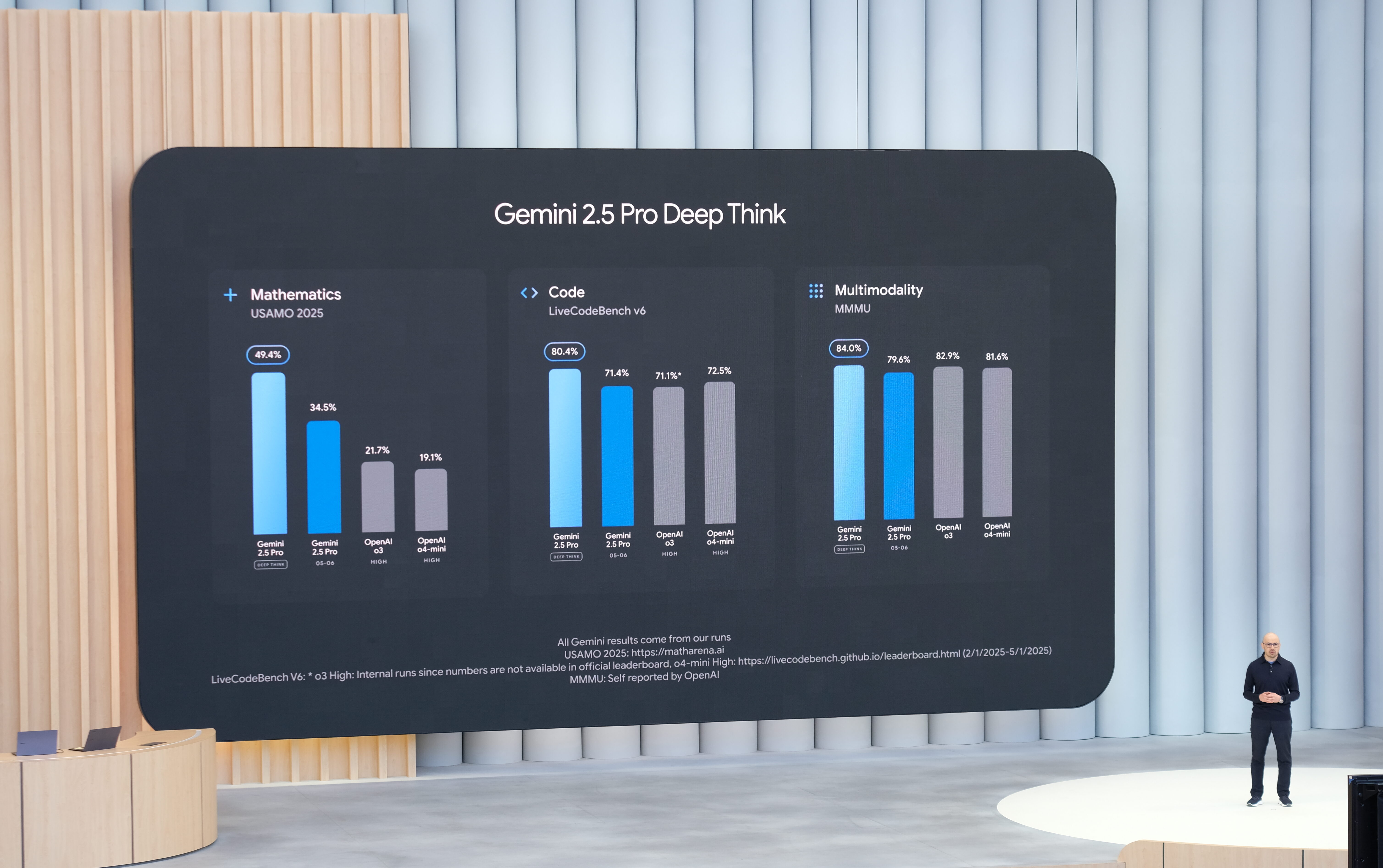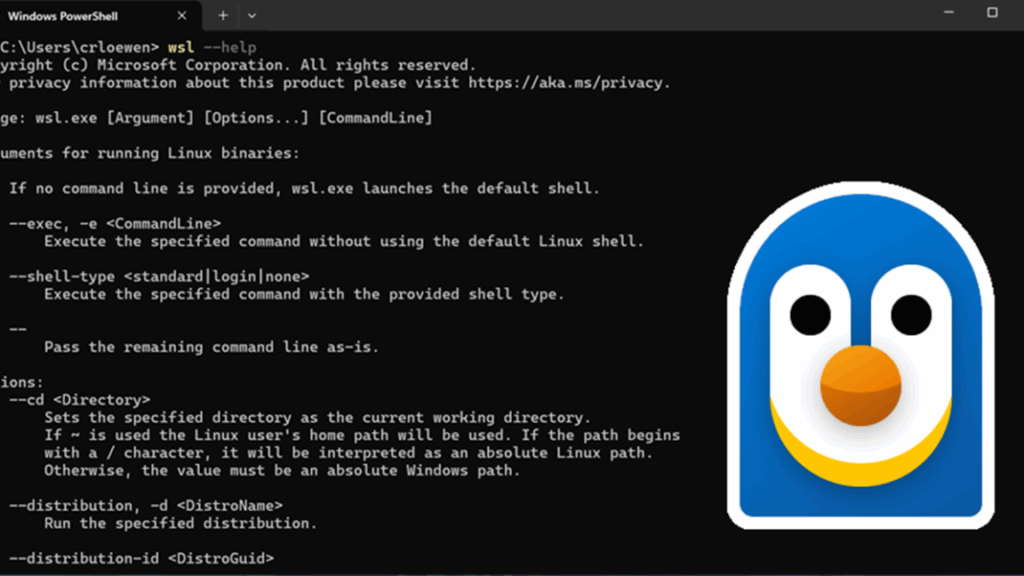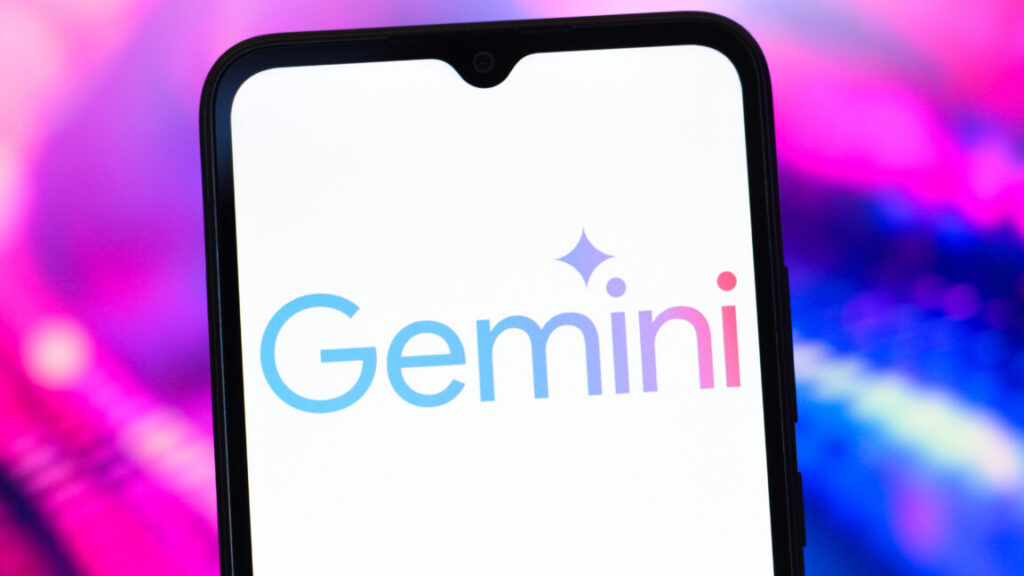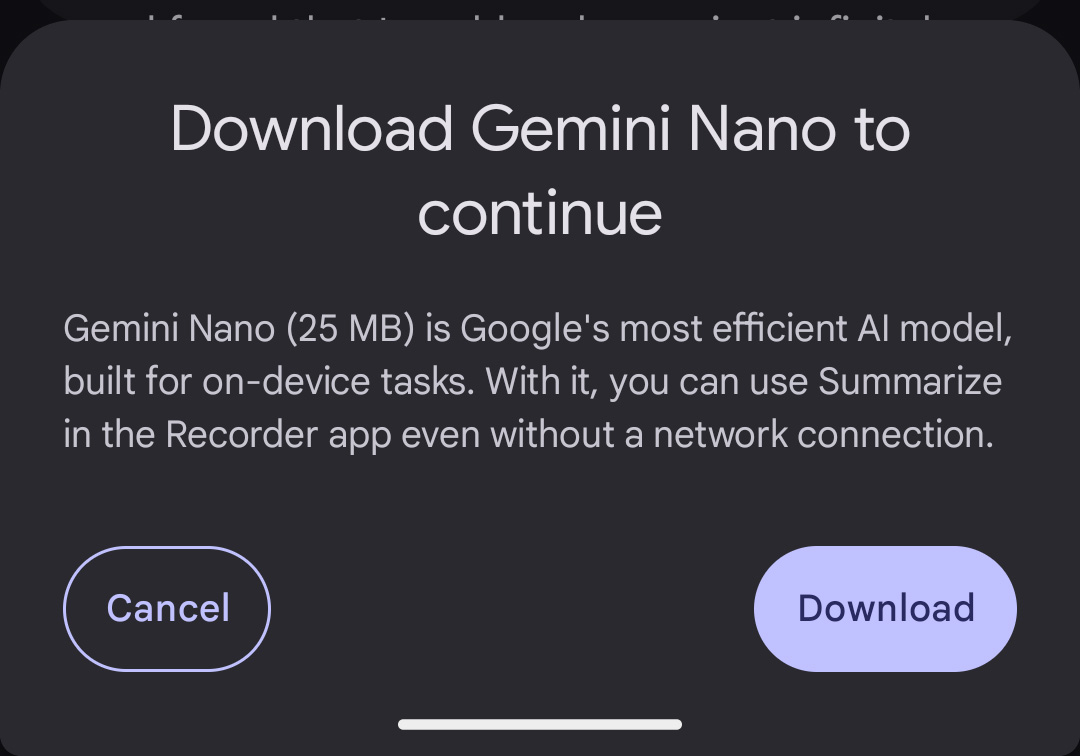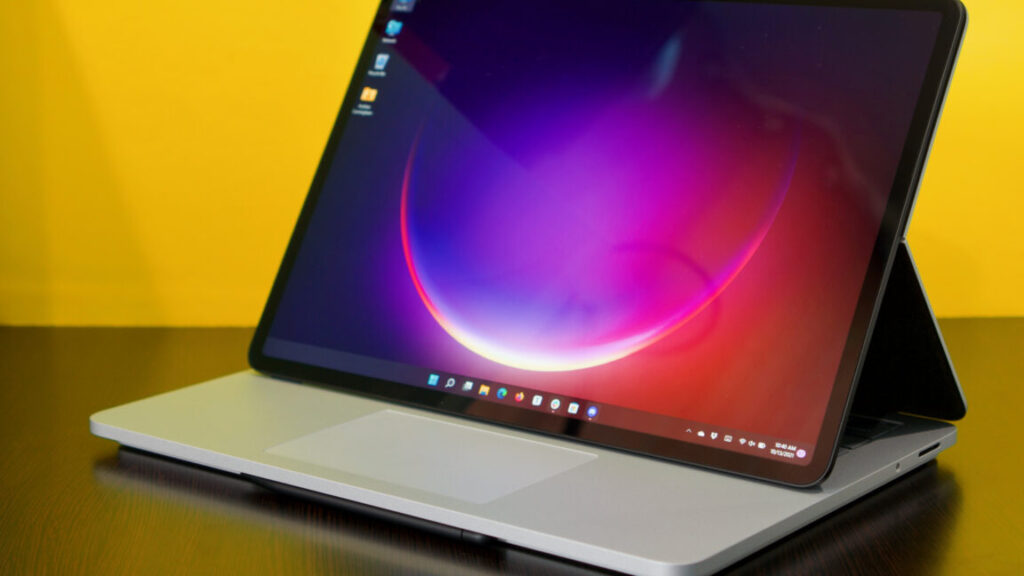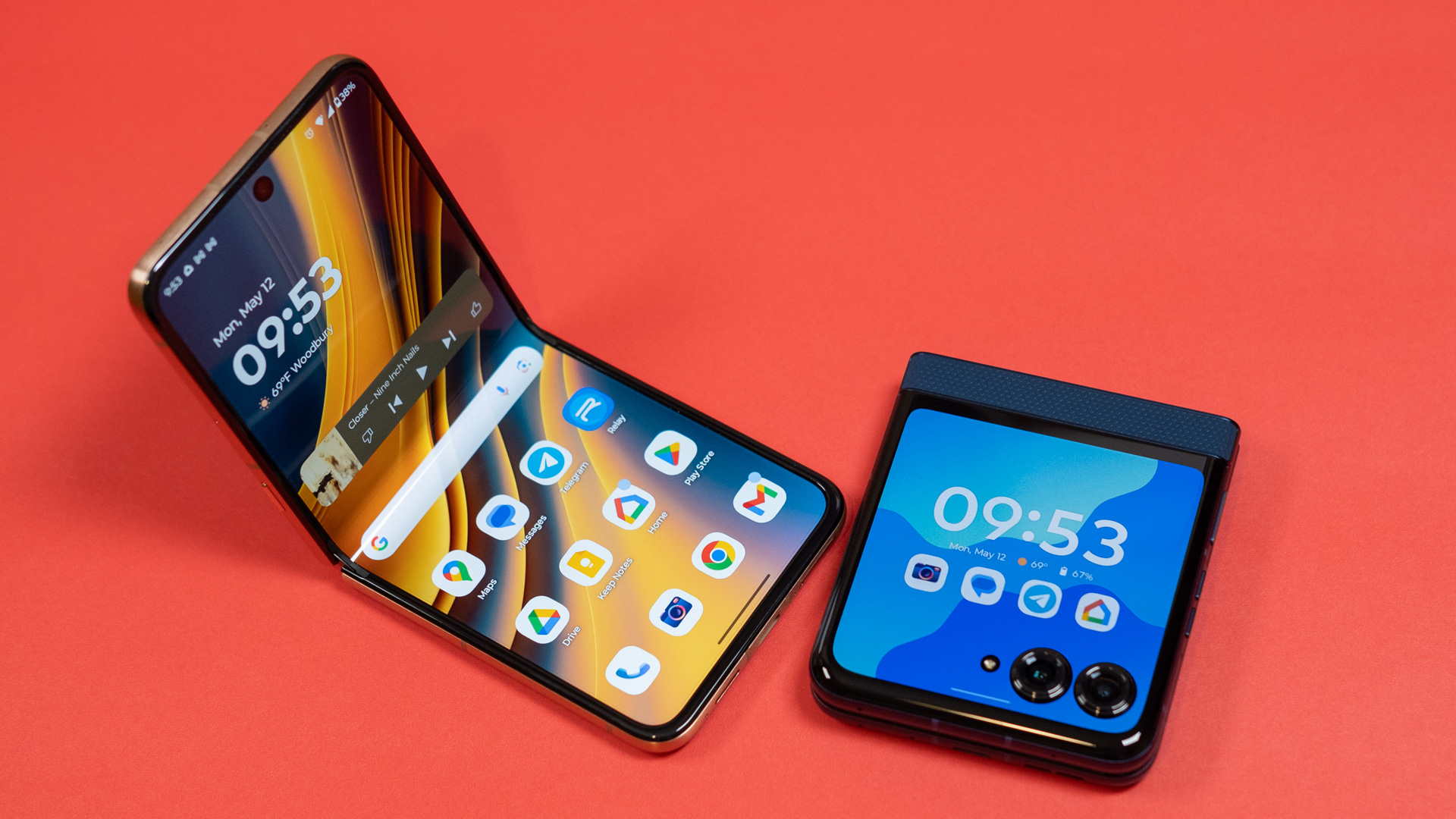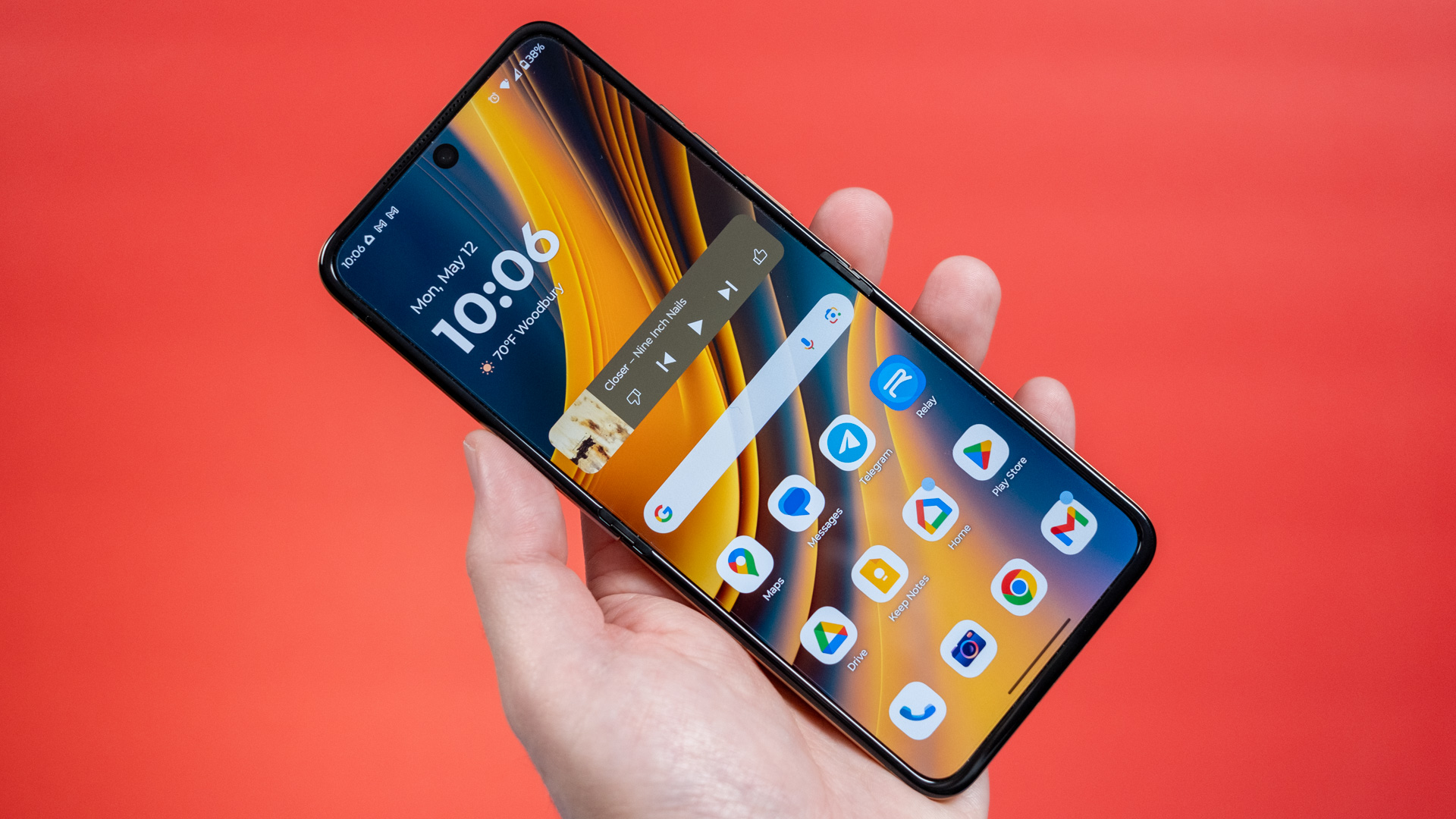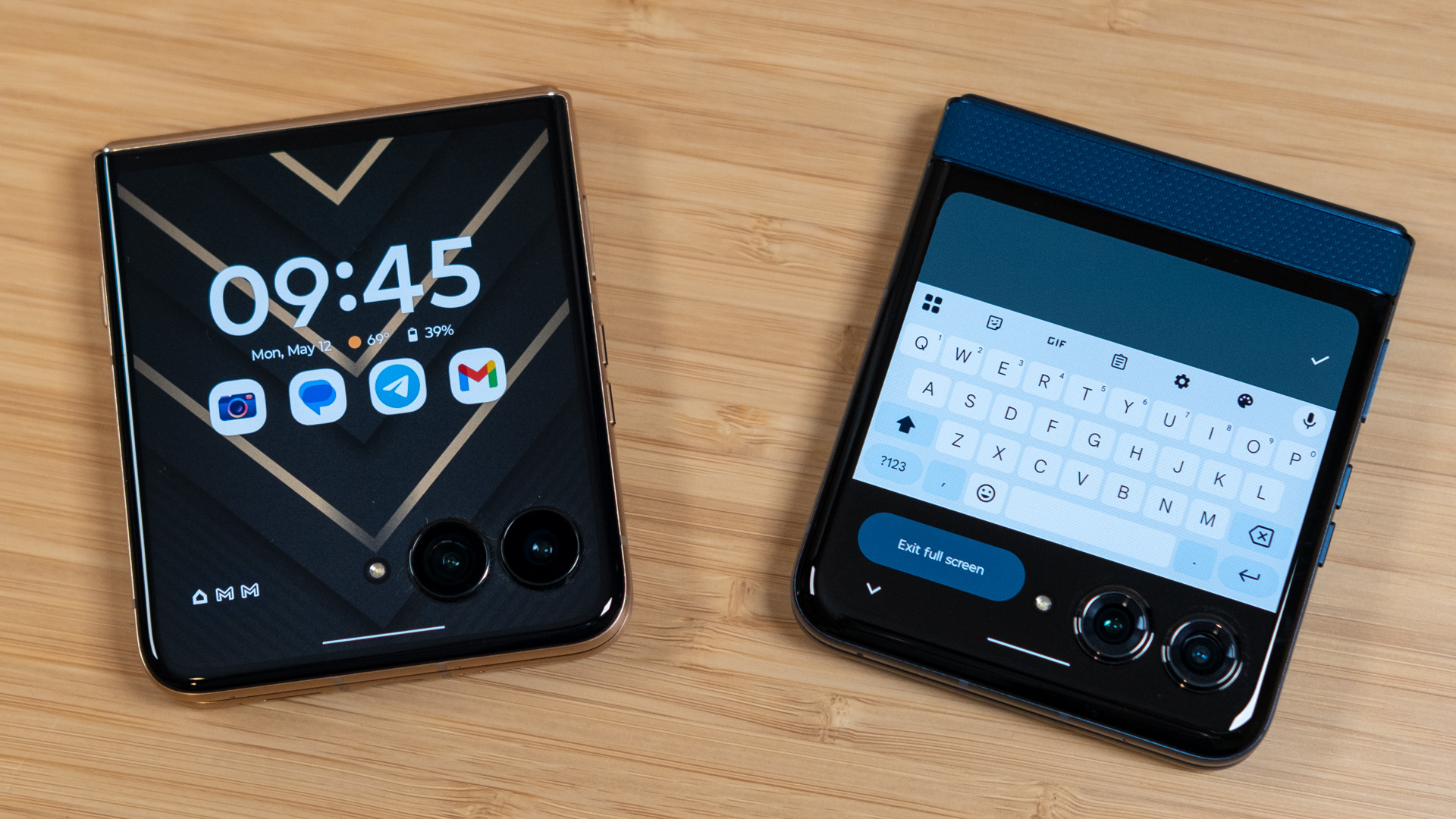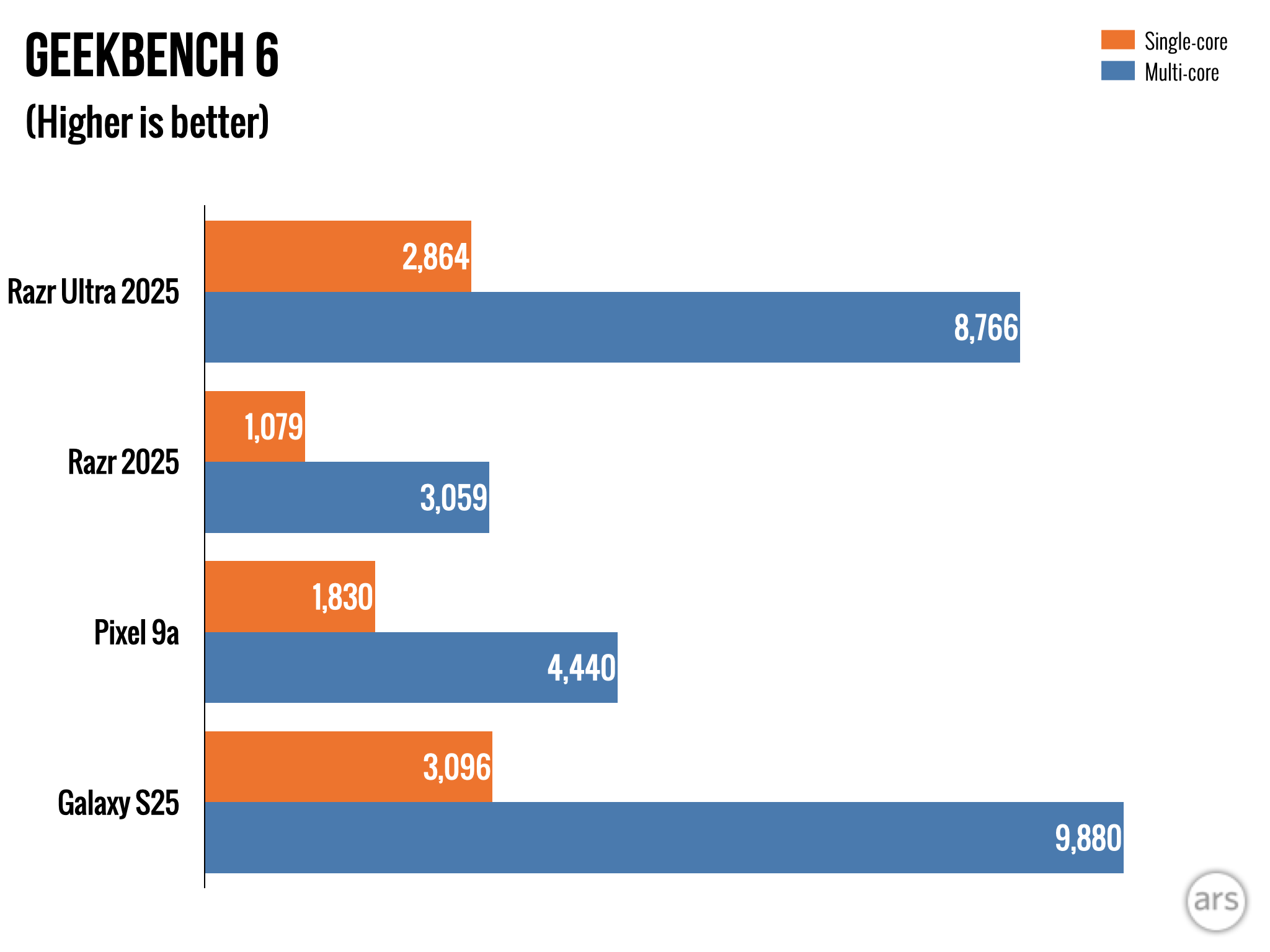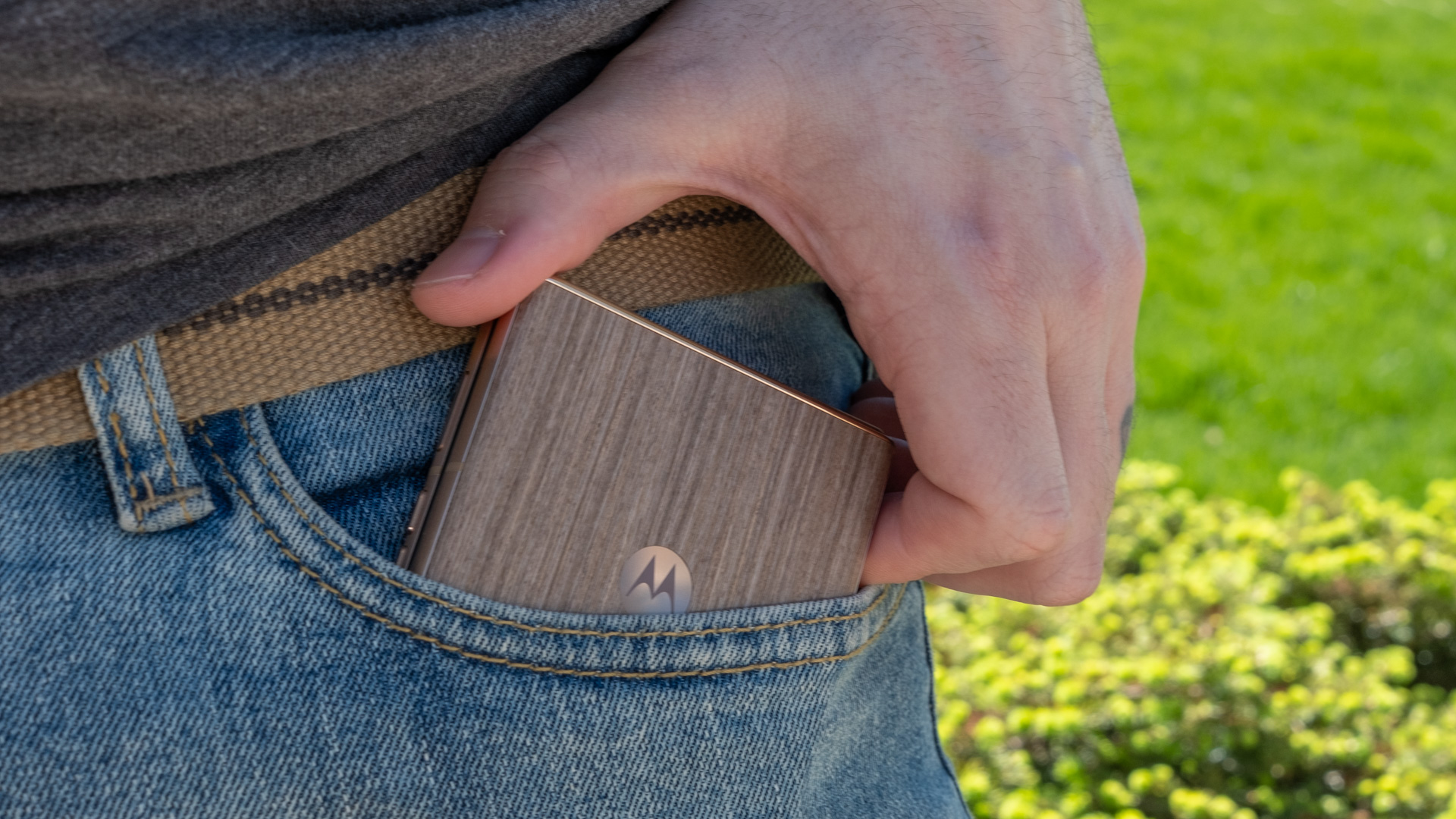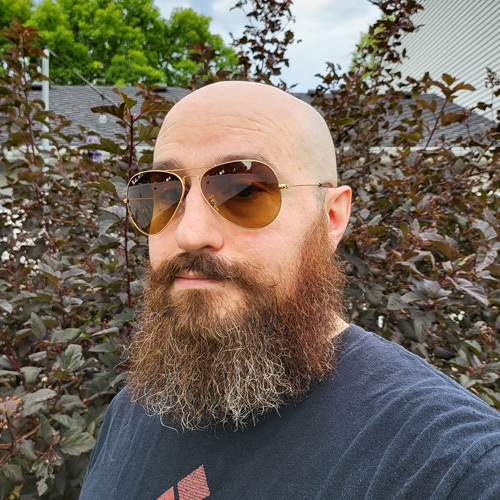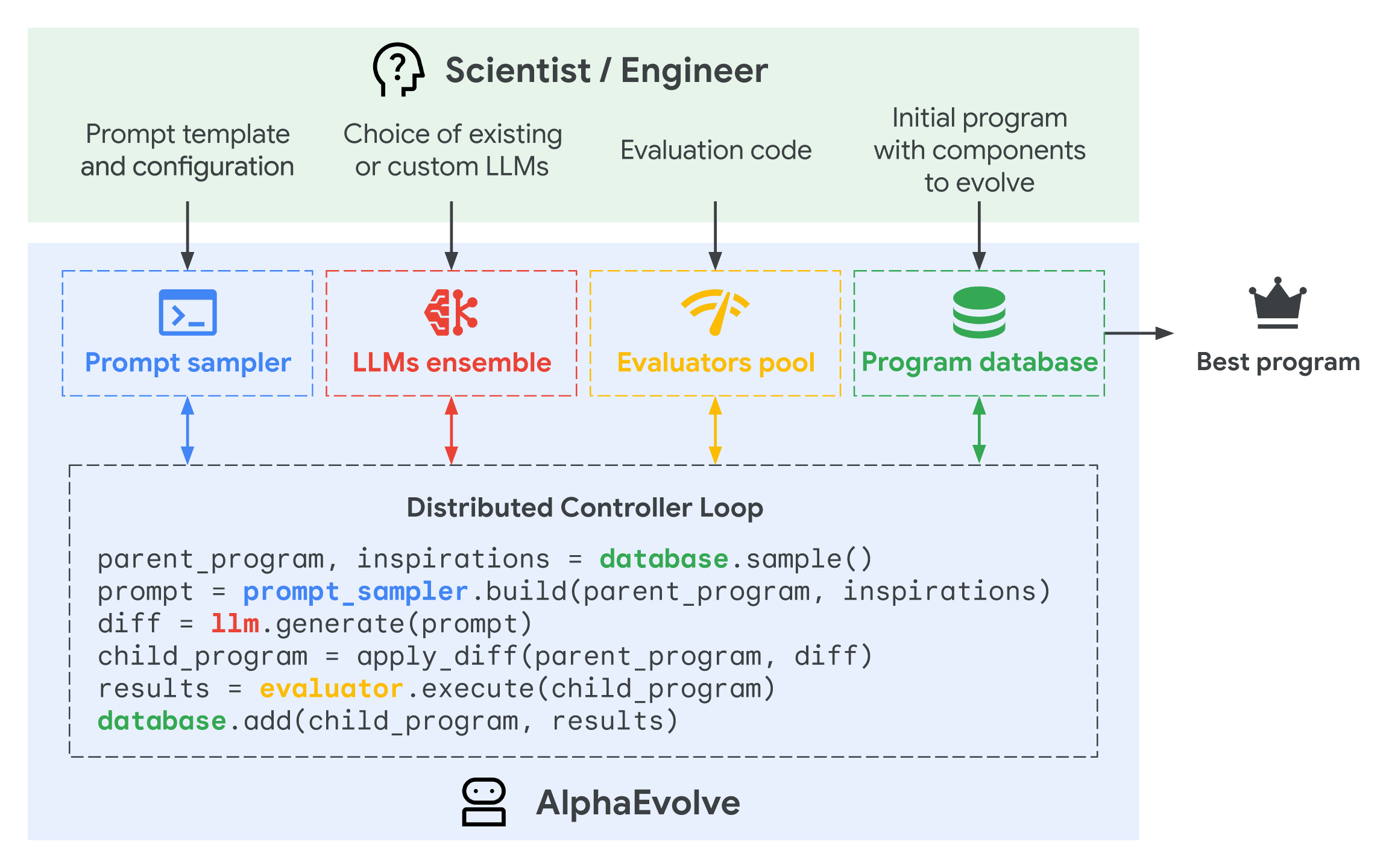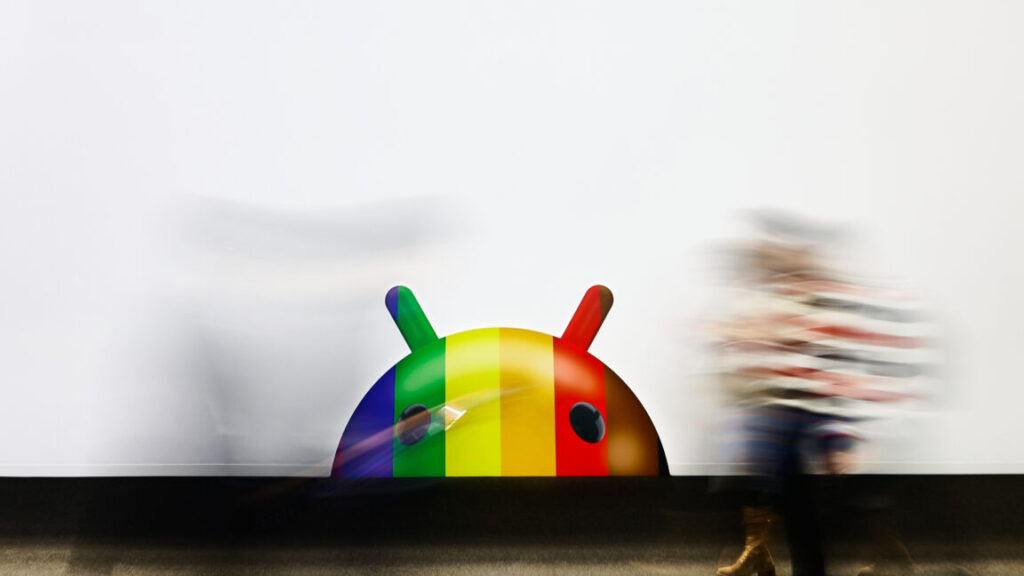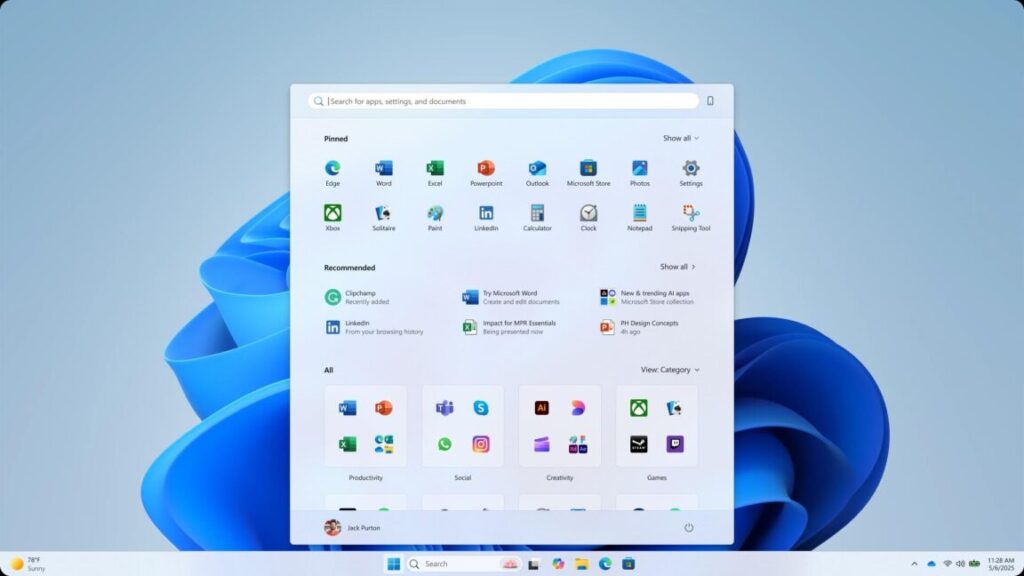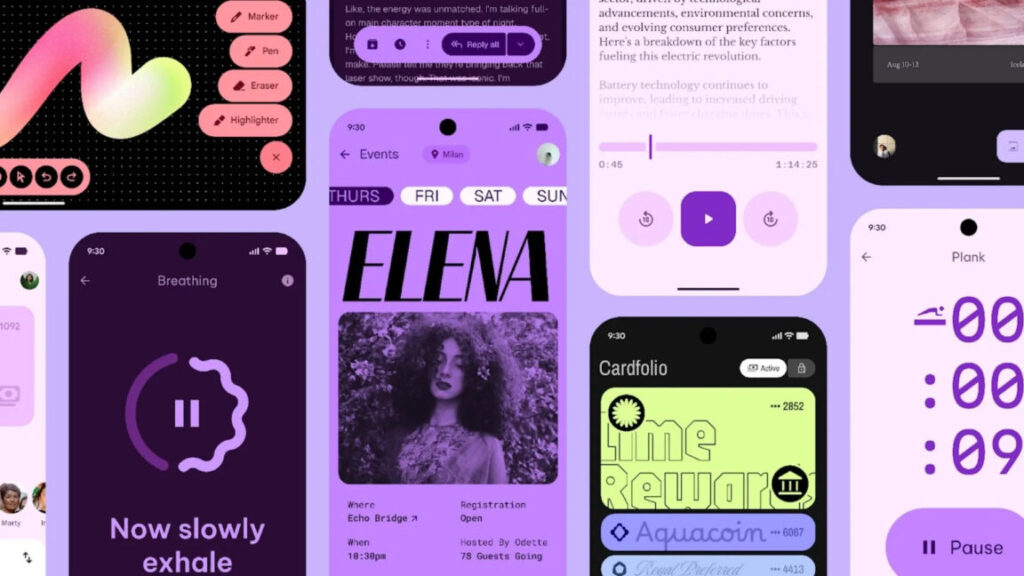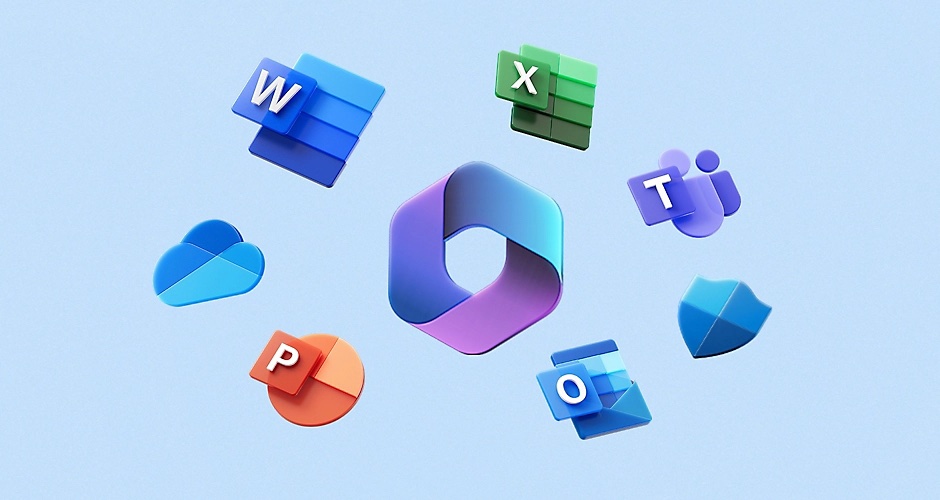Self-hosting is having a moment. Ethan Sholly knows why.
Self-hosting is having a moment, even if it’s hard to define exactly what it is.
It’s a niche that goes beyond regular computing devices and networks but falls short of a full-on home lab. (Most home labs involve self-hosting, but not all self-hosting makes for a home lab.) It adds privacy, provides DRM-free alternatives, and reduces advertising. It’s often touted as a way to get more out of your network-attached storage (NAS), but it’s much more than just backup and media streaming.
Is self-hosting just running services on your network for which most people rely on cloud companies? Broadly, yes. But take a look at the selfh.st site/podcast/newsletter, the r/selfhosted subreddit, and all the GitHub project pages that link to one another, and you’ll also find things that no cloud provider offers.
Ethan Sholly, proprietor of the selfh.st site, newsletter, and occasional podcast, recently walked me through the current state of self-hosting, and he shared some of the findings from his surveys of those people doing all that small-scale server administration.
“Turn your desktop on—it’s movie night”
Ethan Sholly, proprietor of the selfh.st media mini-conglomerate.
Credit: Ethan Sholly
Ethan Sholly, proprietor of the selfh.st media mini-conglomerate. Credit: Ethan Sholly
Sholly works in finance, not tech, but he was a computer science minor with just enough knowledge to get Plex working on a desktop PC for his friends and family. “I’d get a call or text: ‘Can you turn your desktop on—it’s movie night,'” Sholly said.
He gradually expanded to building his own tower server with 10 terabyte drives. Once he had his media-serving needs covered, the question inevitably became “What else can I self-host?” He dug in, wandered around, and found himself with tons of bookmarked GitHub repos and project pages.
Sholly, a self-professed “old-school RSS junkie,” wanted one place to find the most commonly recommended apps and news about their changes and updates. It didn’t exist, so he assembled it, coded it, and shared it. He also started writing about the scene in his newsletter, which has more personality and punch than you’d expect from someone in a largely open source, DIY-minded hobby.
After Plex increased subscription prices and changed its business model in March, Sholly wrote in his newsletter that, while there were valid concerns about privacy and future directions, it would be a good time to note something else: The majority of people don’t donate to a single self-hosted project.
Self-hosting is having a moment. Ethan Sholly knows why. Read More »



